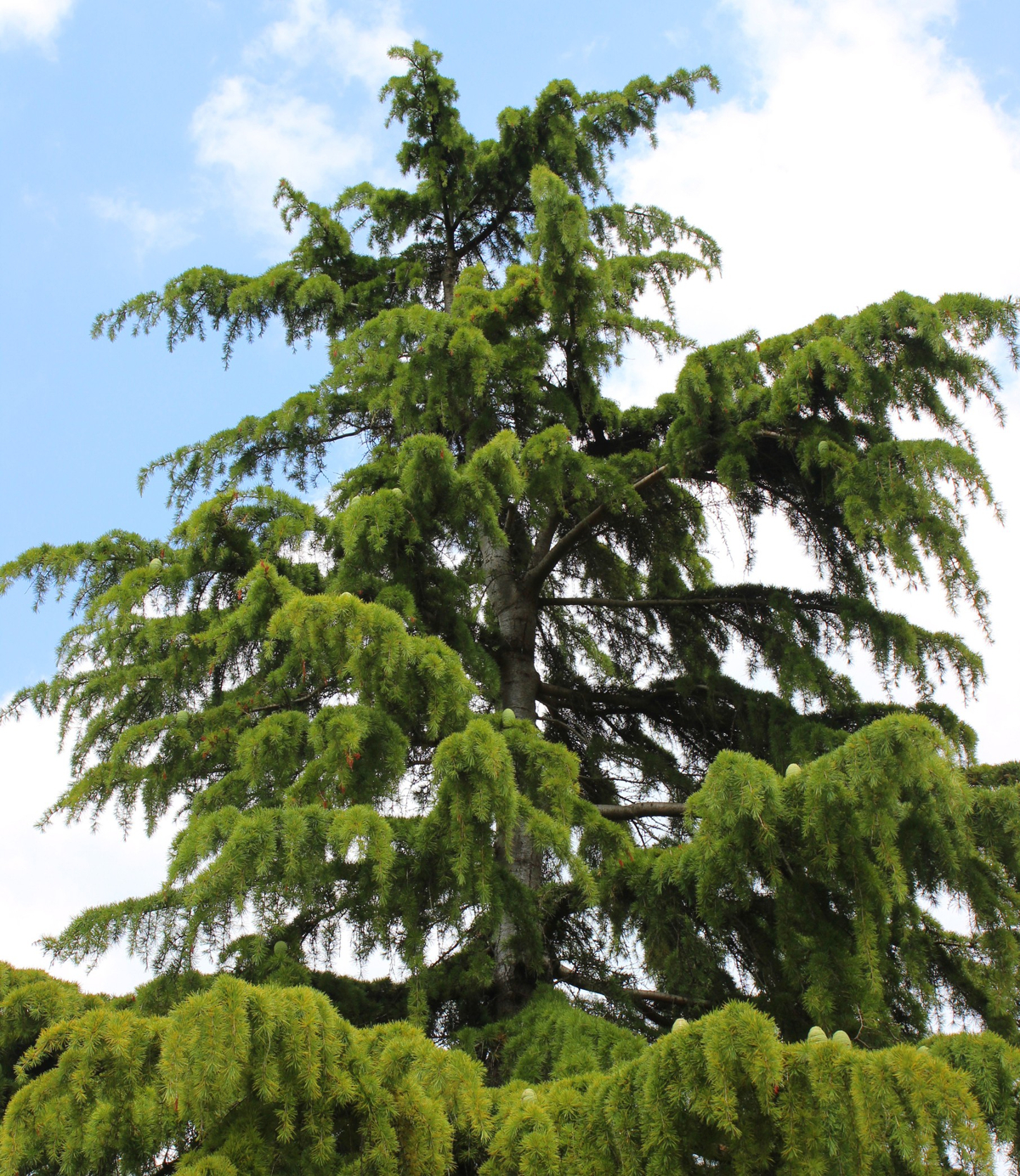Tree Pruning Burbank

Tree Trimming Burbank
Cutting is done mostly for the sake of appearance, while pruning is provided for the sake of health. Multiple types of devices are used for cutting depending upon the scale of operation and the size of the trees and shrubs being cut. The devices utilized usually includes hand tools or power tools.
In the majority of cases, a chain saw is used to cut off large branches, while shears and loppers are utilized to prune the smaller branches. Shrubs and small trees can be pruned utilizing handheld shears. The most reliable tools for this job are the long-handled loppers, which resemble big, durable scissors.
Tree Trimming Burbank
Pruning cuts can stimulate new growth that, regrettably, will be eliminated as temperature levels drop to freezing. Trees and shrubs reduce their energy production as the growing season ends, so new growth in autumn will use a plant's stored energy reserves. Dieback from a freeze suggests that energy used for this growth was lost.
These buds remain dormant through cold weather and bloom the following spring. If you eliminate these inactive buds, you risk losing springtime flowers and the plant is forced to use more energy to produce replacement buds for foliage. Rhododendrons and conifers are best pruned in late summertime prior to they set buds for the next year.
Tree Service Burbank
Notice the shoots growing all along the branches as this tree tries to recuperate from heading cuts. https;//trees.com of the most common pruning errors is the flush cut. This takes place when you cut a branch off flush with the bark of the tree trunk or bigger branch to which it's attached.
Because the plant can not close over the injury, a flush cut leaves an opening for insects and pathogens to go into the plant and damage or eliminate it. Identify the branch collar, an enlarged area around the base of a branch, and cut just beyond it. A pruning cut made here promotes the tissue in the branch collar to grow over and seal the wound.

Tree Removal Burbank
Heading cuts, particularly on large branches, are damaging both structurally and aesthetically. A heading cut chops off the end of a branch at an indiscriminate point, or at a branch junction that leaves only a small side branch growing in another direction. If you make a pruning cut at an indiscriminate branch point, it promotes the development of numerous small branches around the injury that are not highly connected and do not follow natural branch development.
If you've ever seen a forsythia that's been sheared or a topped tree, then you know that heading cuts normally don't exercise well. The mass of spindly branches that appear from the cut branches not just look bad, however they're prone to breaking off and will require more frequent pruning to keep them in check.
Tree Felling Burbank
The 3-cut pruning method guarantees that bigger branches are cut off easily, with no broken bark. We often see ripped bark on trees that have had large branches gotten rid of by a non-professional. Generally, that's because they made the typical pruning mistake of cutting off the branch with only one cut.
This will serve as a barrier, preventing a bark tear if the branch falls while being cut. Second, cut through the branch two to four inches beyond the branch collar, eliminating the branch and leaving a stub. Finally, cut the stub off by cutting through the branch simply beyond the branch collar.
